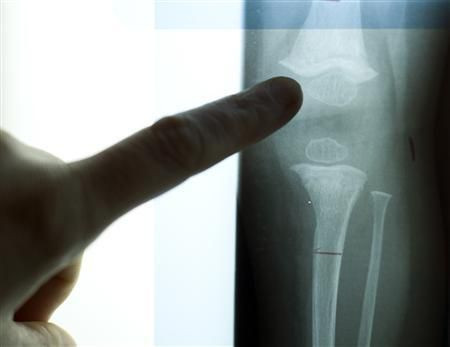Researchers develop antibodies to save cancerous bones, reduce chances of amputation

Osteosarcoma (OS) differs from primary bone cancer as it originates in the bone tissue, while a majority of bone cancers emerge from some other body tissue and metastise and then spread to the bones.
However, both OS and bone cancer results in a common condition – degradation of bones. Now, a team of researchers at the University of Copenhagen has discovered that in OS, bones are degraded through a completely different process than metastised bone cancer.
In the study, the researchers used a specific antibody to block the process that degrades bones in cases of OS in mouse models. With a success rate of 80 percent, the researchers are hopeful that the antibody could be used to reduce the rate of amputation among adolescents and young children who are most affected by OS.
When cancer cells from other organs invade the bones through metastasis, they degrade the bone tissue. In addition, they stimulate other bone cells to degrade themselves. The same mechanism supposedly takes place in cases of OS cancer cells as well.
However, in the study, the researchers found that OS cancer cells secrete special enzymes and receptors, a property which makes them degrade bone tissues by themselves.
“By treating mice with OS with the new antibody, we could block the microprocesses OS cells use to degrade the bones and thereby effectively protect the bone tissue,” said lead researcher, Dr. Lars Engelholm, in a press release.
A receptor molecule on the surface of the cell called uPARAP is known to play a crucial role in degradation of bone tissue. This molecule is known to promote bone growth, and cells acquire their destructive ability by taking control of such molecular mechanisms.
The experimental antibody developed by the researchers was intended to study how molecule uPARAP works. However, when the researchers found that uPARAP was upregulated in cases of OS, they became curious about the treatment possibilities surrounding the antibody.
Contact the writer at feedback@ibtimes.com.au, or let us know what you think below.





















